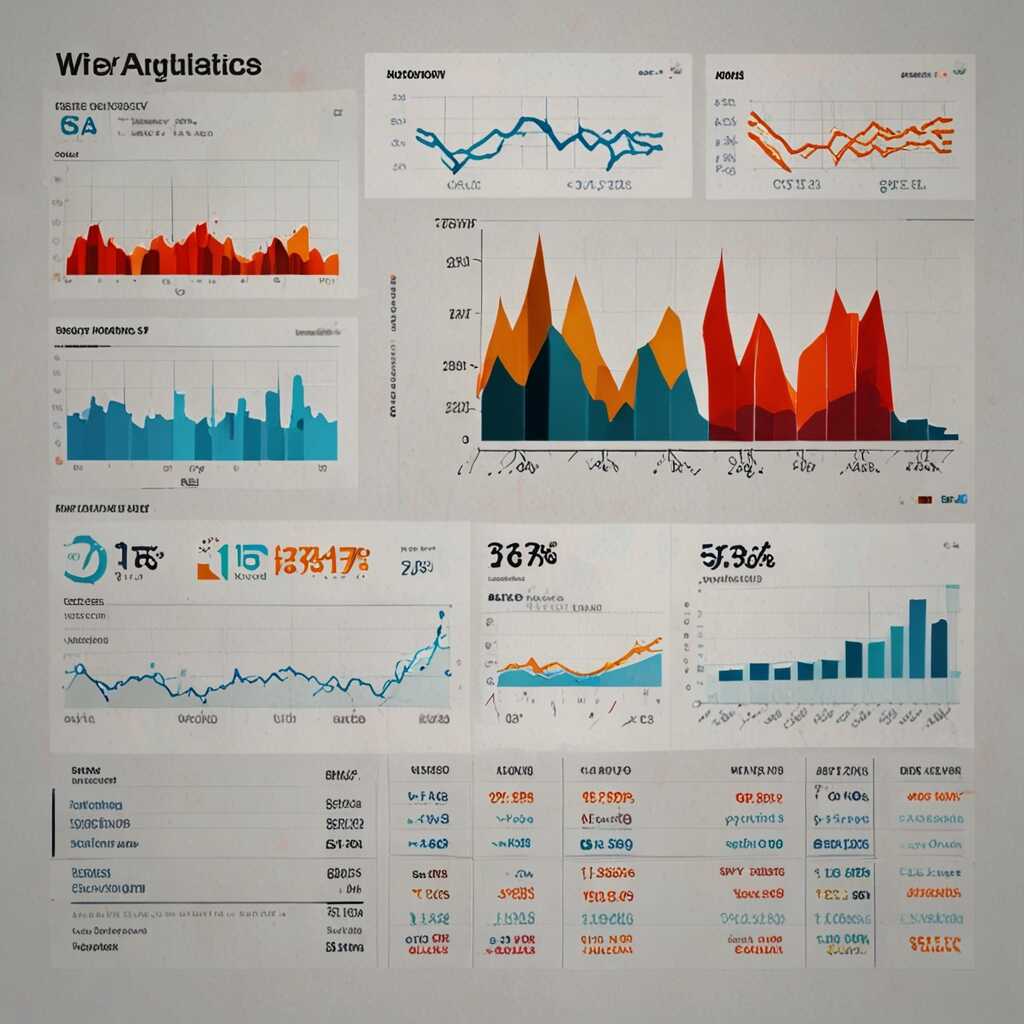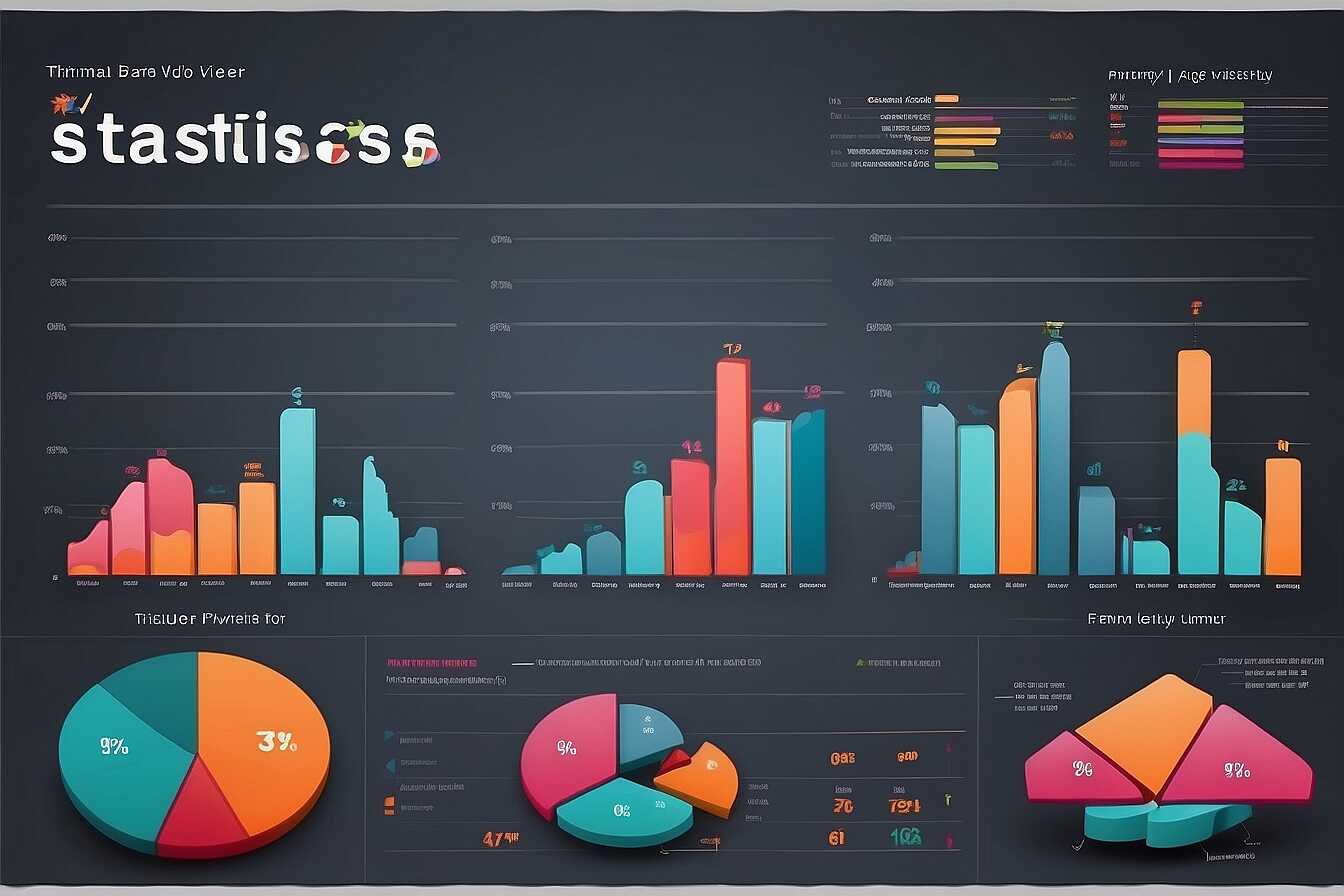Understanding index coverage is crucial for optimizing your SEO strategy and ensuring your website ranks well. Index coverage determines which pages search engines include in their results, influencing your visibility online. At Metrics Rule in Vancouver, we emphasize the significance of index coverage in enhancing technical SEO and attracting organic traffic. By focusing on effective indexing practices, you can improve your site’s performance and user engagement.
Understanding Index Coverage in Search Engines
Index coverage refers to the capability of search engines, like Google and Bing, to crawl and index webpages. This process is essential because it determines how visible a website is in search results. Index coverage impacts website visibility significantly; without proper indexing, your site may not appear in search results, leading to diminished organic traffic. Factors contributing to index coverage include website structure, link behavior, XML sitemaps, and mobile-friendliness. Ensuring that your site is technically optimized for search engines is crucial. Various strategies help improve index coverage and support broader SEO efforts, enhancing your overall performance.
Factors Enhancing Index Coverage for Your Website
To enhance index coverage for your website, focus on several proven factors. Start with optimizing your XML sitemap, ensuring it accurately lists all important URLs. Search engines rely on sitemaps to understand the structure of your site. Another key element is the robots.txt file, which should allow crawling of essential pages. Additionally, internal linking helps search engines discover and index new content effectively. Regularly reviewing your site’s crawl errors in Google Search Console or other analytical tools can provide insights to improve performance. Implementing these strategies can enhance how search engines perceive your site, leading to better visibility and traffic.
The Impact of Index Coverage on Search Visibility
Index coverage is crucial for enhancing a website’s visibility in search results. A website with high index coverage is more likely to appear on the first page of Google or Bing, leading to increased traffic and better engagement. For example, if only 50% of your website’s pages are indexed, you’re missing out on potential traffic from the other 50%. Common reasons for low index coverage include technical issues like incorrect sitemap configurations, inefficient crawling settings, or restrictions in the robots.txt file. Addressing these issues can greatly improve your site’s visibility.
Understanding the Importance of Crawl Efficiency
Crawl efficiency directly impacts how effectively search engines can index your pages. Ensuring that your site is structured for optimal crawling enhances the likelihood of proper index coverage. For best results, focus on optimizing your site’s load speed and eliminating duplicate content. Regularly audit your website to fix any broken links and provide clear navigation paths. This attention to detail not only increases index coverage but also improves user experience, making your website more durable and reliable over time. A reliable indexing strategy is essential for small businesses and large e-commerce sites alike, ensuring they are found easily in search engines.

Common Challenges That Affect Index Coverage
Understanding the common challenges that affect index coverage is crucial for enhancing your SEO strategy. Key issues include poor website structure, which can lead to inefficient crawling, robots.txt misconfigurations that block search engines, and inadequate mobile responsiveness that may discourage indexing. Each of these factors can contribute to reduced visibility in search engines and impact your overall site performance. Regular audits can help ensure reliability in index coverage and fix underlying issues effectively. In 2023, surveys reveal that around 25% of websites experience significant index coverage problems, emphasizing the need for ongoing monitoring.
Impact of Website Structure and Robots.txt on Indexing
Website structure plays a pivotal role in ensuring efficient indexing. A well-organized site enables search engines to crawl pages easily, improving overall index coverage. If your website contains complex navigation or excessive redirects, this may confuse search engines, leading to lower indexing rates. Additionally, the robots.txt file is essential for informing search engines which pages to index. Misconfigured settings could inadvertently prevent important pages from appearing in search results. Regular reviews of your site structure and appropriate adjustments to your robots.txt file are necessary to enhance SEO and optimize index coverage.
Key Numerical Insights Regarding Search Visibility
- Over 70% of content on the web is not indexed by search engines.
- Google indexes approximately 7,000 web pages every second.
- More than 60% of organic traffic comes from the top three search results.
- About 40% of users abandon a page that takes more than 3 seconds to load.
- Pages should maintain a crawl rate of around 100 pages per second for optimal indexing.
- Less than 20% of website URLs typically achieve good search rankings.
- SEO professionals often see a 300% increase in traffic after resolving indexation issues.

Effective Strategies to Improve Your Website’s Index Coverage
To enhance your website’s index coverage, focus on technical optimization and content quality. Start by ensuring your sitemap is correctly configured, as this directs search engines to your most important pages. Use tools like Google Search Console for monitoring crawling and indexing issues. Address any errors promptly for better indexation. Additionally, optimizing page speed is essential since slow-loading pages may be omitted from indexing. Regular reviews of content are also vital. Ensure that all vital pages are not blocked by your robots.txt file. Aim for a robust internal linking structure to guide crawlers efficiently.
Utilizing Advanced Tools for Index Coverage
Leveraging advanced tools is crucial in improving your index coverage. Tools like SEMrush and Ahrefs offer in-depth analysis of your site’s indexing status. They help identify which pages need technical adjustments. For e-commerce sites, track product pages and category pages closely to ensure they are indexed. Moreover, the use of log file analysis can help you understand how search engines crawl your site effectively. This analysis provides insights that enhance crawling efficiency and inform your overall SEO strategy.

Essential Tools for Monitoring Index Coverage
To optimize your SEO strategy effectively, you need reliable index coverage tools. Google Search Console stands out as an essential tool. It offers insights into which pages are indexed and highlights any errors. Other tools include Screaming Frog for crawling analysis and Ahrefs for checking index status and backlinks. Using these platforms enhances your ability to make informed decisions about which pages need attention. When monitoring index status, consider tools like SEMrush, which provides excellent performance tracking and detailed reports tailored for e-commerce websites. Ensuring a good index coverage ratio can significantly improve your site’s visibility in search engines. Experts suggest that around 95% of your pages should ideally be indexed.
Choosing the Right Tool for Your Needs
When selecting an index coverage tool, think about what features are essential for your SEO strategy. Some tools offer comprehensive crawling capabilities, while others focus on analytics. For an e-commerce site, consider tools that include options for monitoring product pages specifically. Screaming Frog can handle expansive databases and provides a detailed view of crawl faults and indexing issues. Additionally, Google Search Console is unparalleled for real-time notifications about your site’s indexing status. The reliability and user-friendly interface of these tools help improve overall SEO performance. By integrating the right tools, you will greatly enhance your ability to pinpoint issues and refine your site’s structure for better visibility.
Advantages of Enhancing Search Engine Access
- Improved website visibility leads to higher visitor numbers.
- Your site’s index coverage helps Google better understand your content.
- Greater organic traffic boosts brand authority and trust.
- Enhanced user experience results in better engagement and lower bounce rates.
- Resolving index problems can prevent potential penalties from search engines.
- Optimized indexing processes increase conversion rates over time.
- Accurate index coverage analysis aids in targeted keyword strategy development.

Case Studies Demonstrating the Importance of Index Coverage
Several real-world case studies illustrate how index coverage significantly impacts SEO results. For instance, a Vancouver-based e-commerce website optimized its index coverage and saw a 40% increase in organic traffic. Similarly, a tech blog improved its index status and ranked on the first page of Google for competitive keywords. These examples underscore the importance of ensuring websites not only get crawled but also indexed correctly. Companies are discovering that focusing on index coverage can enhance their overall visibility in search engines, leading to increased user engagement and conversions.
Common Strategies for Enhancing Index Coverage
To enhance index coverage, many businesses employ specific strategies. For example, conducting regular technical audits can identify indexing issues. Companies can also use data from Google Search Console to pinpoint pages that are not indexed and understand the reasons behind it. Implementing a well-structured sitemap and optimizing robots.txt files are essential steps many organizations take to improve crawling and indexing efficiency. By utilizing these reliable methods, businesses can ensure their web pages are properly indexed, enabling them to achieve better search engine rankings and enhance their visibility.
The Influence of Content Quality on Index Coverage
The quality of content plays a vital role in determining index coverage and influencing SEO performance. High-quality content that is original, well-structured, and relevant to user intent improves a website’s reliability in the eyes of search engines like Google. This enhances the chances of pages getting indexed properly. Search engines prioritize sites with well-written, informative content that offers genuine value to users. Focus on technical optimization, ensuring your content includes essential keywords while being easy to read. Ideally, aim for a substantial percentage of your content—around 80%—to be original, as unique materials are often ranked higher and indexed faster.
Key Elements for Enhancing Content Quality
To enhance content quality effectively, focus on key elements like originality, relevance, and readability. Original content keeps your website distinct and engaging, which search engines reward with better index coverage. Ensure your articles are structured with clear headings and subheadings, aiding both user experience and crawling efficiency. Including images, videos, and infographics can also increase user engagement, further signaling quality to search engines. Testing variations in content can help you find the best performing type for your audience. Additionally, utilizing AI for content analysis enables optimization of keyword placement, enhancing both accessibility and visibility in search results. At Metrics Rule, we specifically recommend regular content audits to maintain high standards and improve technical aspects for better results.
Relevant Use Cases and Their Implications for Search Strategy
- eCommerce sites benefit greatly from clear index signals for product pages.
- Blogs thrive when their articles are easily discoverable and indexed.
- News outlets require rapid indexing to keep up with current events.
- Educational platforms need strong index coverage for resource access.
- Local businesses excel by ensuring their service pages are indexed effectively.
- Nonprofits gain visibility for crucial community service initiatives through proper indexing.
- Tech companies focus on indexing their product updates for user awareness.
Maintaining Healthy Index Coverage: Best Practices
Maintaining healthy index coverage involves several essential steps. To ensure ongoing reliability, utilize tools like Google Search Console and Screaming Frog. Regular index reviews should be done at least monthly or bi-weekly, depending on your site’s activity. Implement best practices in your technical SEO, such as optimizing metadata and sitemap accuracy. These actions can substantially enhance your site’s index health and overall search engine performance.
Key Tools for Index Management
Several tools can help you manage your indexing performance effectively. Google Search Console provides valuable insights into indexing issues and allows for quick fixes. Additionally, tools like Ahrefs and SEMrush can analyze how your pages are indexed, offering comprehensive reviews and comparisons of your performance over time. Regular testing with these tools can lead to improved crawling and indexing efficiency, which ultimately boosts your SEO efforts and site visibility.
